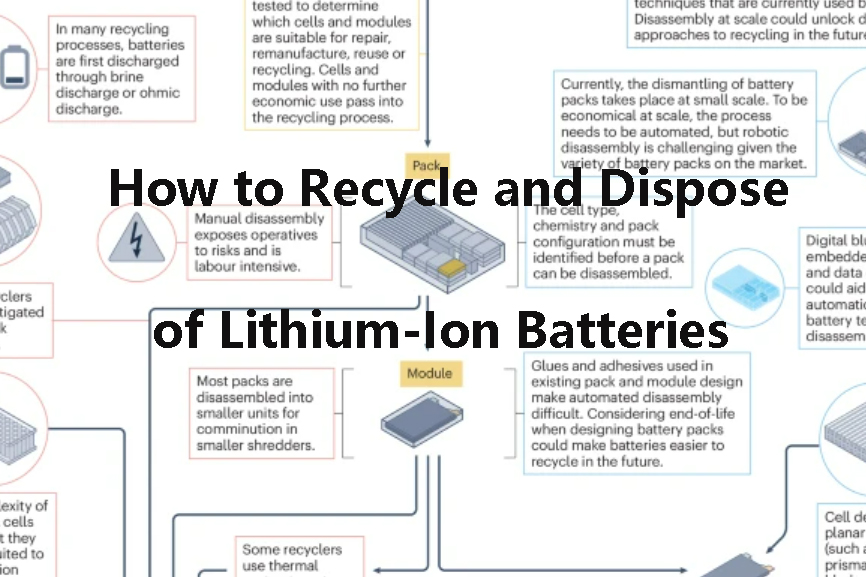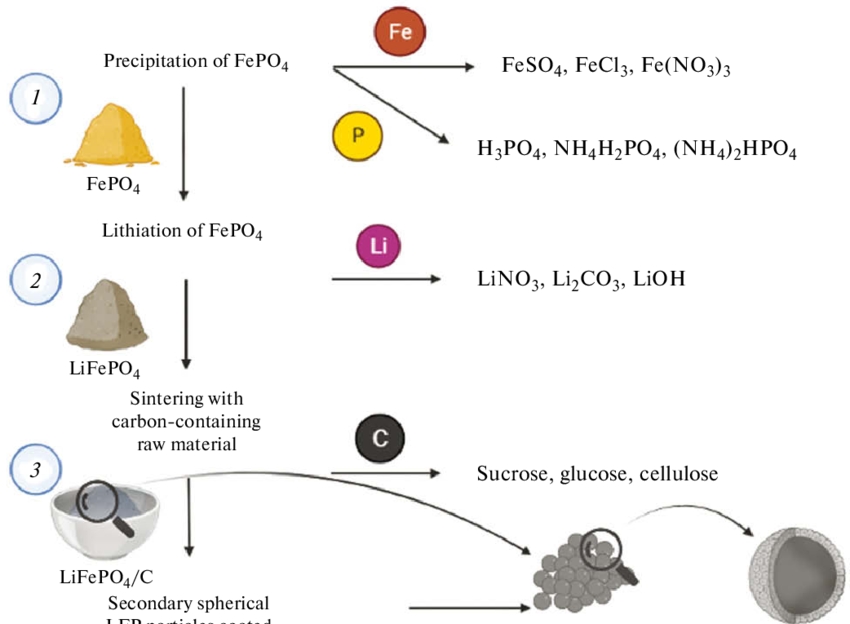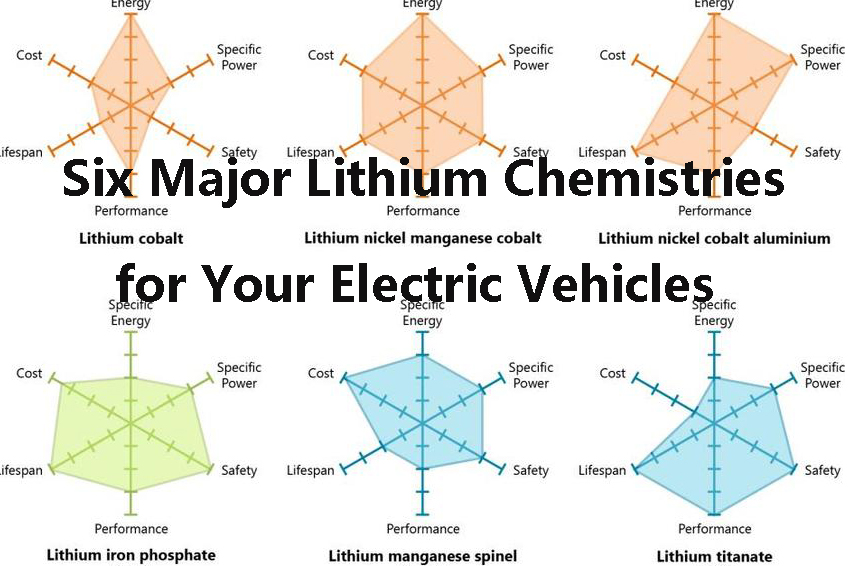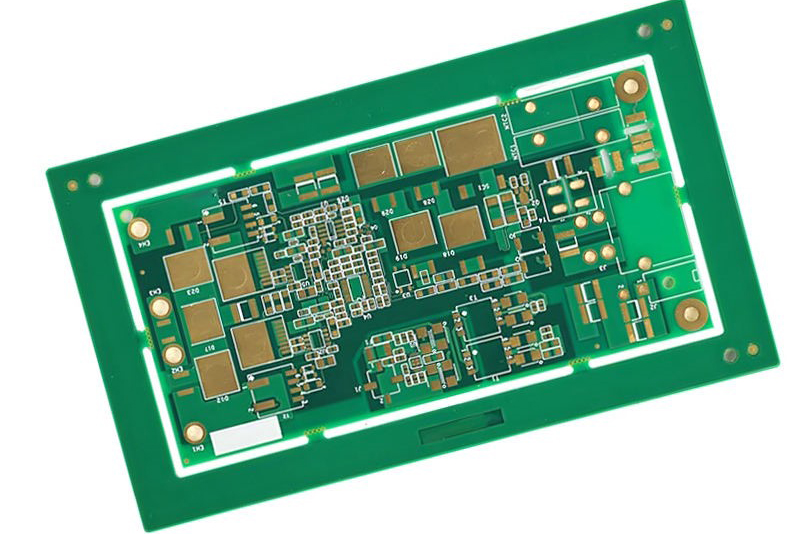
Essential Electronic Materials: Germanium Applications and Advantages
Introduction
Germanium is a versatile semiconductor material with significant applications in modern electronics, optics, and emerging technologies. This article will discuss the key applications, advantages, and challenges of germanium in various fields.
Applications of Germanium
- High-Speed Electronics
Germanium’s high electron mobility (about twice that of silicon) makes it highly suitable for high-frequency and high-speed electronics. It enhances the performance of microelectronic devices requiring rapid switching, such as wireless communication systems, RF amplifiers, and UHF amplifiers. With its lower energy bandgap and superior carrier mobility, germanium contributes to the efficiency of high-frequency applications.
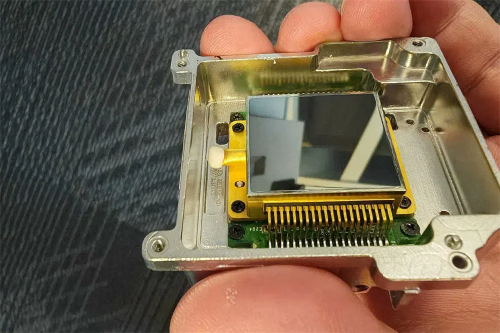
- Infrared Optical Materials
Germanium exhibits excellent transmittance in the mid-infrared band (2-12 μm), making it ideal for infrared detectors and imaging systems. It is extensively used in infrared sensors and cameras, particularly in military, security, and climate monitoring applications. With its small bandgap (~0.66 eV), germanium efficiently responds to infrared radiation at room temperature, outperforming silicon in the long-wave infrared region. - Optical Fiber Communications
Germanium is commonly doped into optical fibers (Ge-doped SiO₂) to enhance their refractive index and transmission efficiency. It is widely used in fiber-optic communication systems as a core material and gain medium. Additionally, germanium serves as an effective photoelectric conversion material in photodetectors and solar cells due to its excellent infrared responsivity. - Integrated Circuits (ICs) and Transistors
Silicon-germanium (SiGe) alloys are increasingly used in high-speed and high-frequency applications, such as microprocessors and RF integrated circuits. SiGe technology enhances electron mobility and reduces power consumption, making it essential for high-performance transistors, particularly in nanotechnology and quantum-effect devices. - Semiconductor Lasers (LDs)
Germanium-based materials are employed in the fabrication of near-infrared semiconductor lasers. Due to its small bandgap and unique optoelectronic properties, germanium enables the development of low-energy, high-efficiency semiconductor lasers. Silicon-germanium structures are being explored for next-generation optical communication and interconnect applications. - Solar Cells (Photovoltaic Technology)
Germanium’s low bandgap (~0.66 eV) makes it an excellent substrate material for high-efficiency solar cells. It is often used in multi-junction solar cells, where it effectively absorbs a broader spectrum of light, enhancing energy conversion efficiency. This is particularly beneficial in space applications, where germanium-based solar cells power satellites and other aerospace technologies.
- Charge-Coupled Devices (CCDs)
Germanium is widely used in CCD sensors for imaging, videography, and microscopy. Its high electron mobility and superior electrical properties make it particularly effective in low-light conditions, improving image detection capabilities. - Laser Radar (LiDAR)
Germanium materials play a key role in LiDAR systems, which are used in precision ranging, environmental scanning, and autonomous vehicles. Its high responsiveness in the short-wave infrared spectrum makes germanium an excellent choice for efficient laser detection applications. - Quantum Computing and Quantum Technology
Germanium is gaining attention in quantum computing due to its compatibility with silicon and its potential for developing quantum bits (qubits). Researchers are exploring germanium’s properties to advance silicon-based quantum computing and quantum sensing devices.
Advantages and Limitations of Germanium
Advantages of Germanium
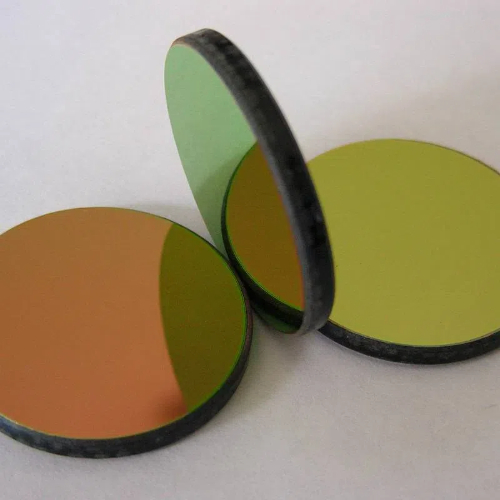
- High Electron Mobility
Germanium has an electron mobility (~3900 cm²/V-s) significantly higher than silicon, making it superior for high-speed and high-frequency applications. This property enhances the performance of RF communications, signal transmission, and microprocessors. - Low Bandgap (0.66 eV)
Germanium’s small bandgap enables high conductivity at low temperatures and efficient infrared detection. This characteristic makes it ideal for infrared optoelectronic devices and high-efficiency solar cells. - High Infrared Transmittance
With excellent light transmittance in the 2-12 μm range, germanium is widely used in infrared imaging and detection systems, enhancing sensitivity and precision in various applications. - Compatibility with Silicon
Germanium’s crystal structure is highly compatible with silicon, allowing for the formation of SiGe alloys. This integration enhances the performance of silicon-based electronic devices, particularly in high-speed transistors and ICs. - Enhanced Solar Cell Efficiency
Germanium’s ability to absorb long-wavelength light makes it a valuable component in multi-junction solar cells. Its use in space-based solar panels ensures reliable and efficient energy conversion in extreme environments. - Potential in Quantum Computing
Due to its low defect properties, germanium holds promise for quantum computing applications. Its compatibility with silicon makes it a strong candidate for next-generation quantum bits and advanced computational technologies.
Limitations of Germanium
- Lower Thermal Conductivity
Germanium’s thermal conductivity (~60 W/m-K) is much lower than silicon (~150 W/m-K), leading to heat dissipation challenges in high-power semiconductor devices. This limitation affects stability and long-term performance. - Higher Cost
The production of high-purity germanium is complex and expensive, making it less viable for cost-sensitive applications compared to silicon. While germanium excels in high-end applications, its high cost limits its widespread commercial adoption. - Challenges in Crystal Growth and Quality
Producing large, high-quality germanium single crystals requires advanced techniques such as the Czochralski method and Vertical Gradient Freeze (VGF) method. The complexity of these methods increases manufacturing costs and production constraints. - Limited Industrial Scale
Unlike silicon, germanium has a smaller production scale and a less developed supply chain. This limitation affects its accessibility and affordability in consumer electronics and mass-market applications.
Conclusion
Germanium is a critical material in high-speed electronics, infrared applications, and emerging quantum technologies. Its superior electron mobility, low bandgap, and silicon compatibility make it highly valuable in fiber-optic communications, imaging, and solar energy. However, challenges such as high costs, thermal limitations, and production complexity restrict its broader adoption.
Stanford Electronics is a leading provider of high-quality germanium materials, ensuring reliable solutions for critical applications. To learn more about germanium and essential electronic materials, please visit our homepage.

